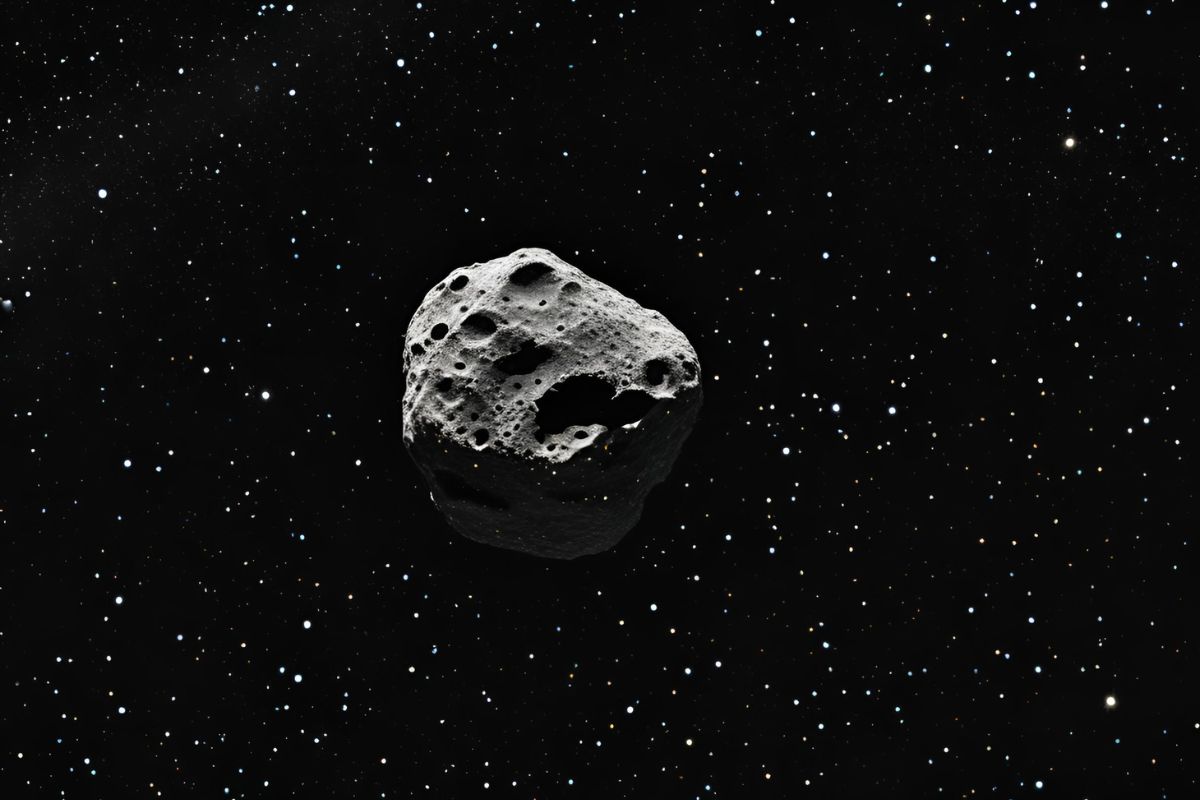‘City-Killer’ Asteroid 2024 YR4 Spotted: What You Need to Know

NASA scientists have captured a fleeting glimpse of asteroid 2024 YR4, a massive space rock with a potentially hazardous trajectory. Dubbed a “city-killer“, this asteroid briefly entered Earth’s vicinity before vanishing into the depths of space until 2028. With astronomers closely monitoring its unpredictable orbit, questions about its future impact risks continue to loom.
Table of Contents
ToggleA Rare Encounter with Asteroid 2024 YR4
NASA recently observed asteroid 2024 YR4 as it made a rare approach near Earth. Estimated to be between 174 and 220 feet wide, the asteroid has earned the nickname “city-killer” because of the potential devastation it could cause in a collision. Scientists are now racing to study the object in detail before it retreats beyond observation, not expected to reappear until 2028.
The asteroid, first discovered on December 27, 2023, by the ATLAS telescope at the University of Hawaii, follows a highly elongated orbit. It swings between the inner solar system and the region between Mars and Jupiter, making it difficult to track consistently. Fortunately, before it vanishes, NASA’s James Webb Space Telescope (JWST) has captured detailed observations, providing valuable insights into its trajectory, composition, and potential risks.
Will Asteroid 2024 YR4 Hit Earth?
Initially, scientists estimated up to a 3.1% chance that asteroid 2024 YR4 could collide with Earth in December 2032. However, further analysis has ruled out that possibility—at least for now. The asteroid does, however, pose a 1.7% chance of striking the Moon at that time, an event that could significantly alter its future trajectory.
Looking further ahead, NASA’s Center for Near Earth Object Studies (CNEOS) continues to monitor its movements. Currently, there is a 1.1% probability that 2024 YR4 could impact Earth on December 22, 2047. While the risk remains low, NASA experts emphasize the need for continuous observation.
“We don’t want to take any chances,” says Davide Farnocchia, a navigation engineer at NASA’s Jet Propulsion Laboratory.
Why Is It Called a “City-Killer” Asteroid?
Asteroids of this size—comparable to a 10-story building—may not pose a global threat but can still cause devastating localized destruction if they strike a populated area.
A historical example of such an impact occurred in 1908, when a similar-sized asteroid exploded over Tunguska, Siberia, flattening trees across 1,250 square miles—an area larger than New York City. Had this explosion occurred over a major urban center, the consequences would have been catastrophic.
NASA’s Mission: Detecting Dangerous Asteroids
Recognizing the potential danger, NASA has been tasked by Congress with identifying all near-Earth asteroids larger than 450 feet—objects capable of causing regional-scale destruction. While 2024 YR4 falls below that threshold, it still remains a point of interest due to its unpredictable orbit.
To track and study such asteroids, NASA utilizes advanced instruments like:
- The James Webb Space Telescope (JWST): The most powerful telescope ever launched, capturing high-resolution images and data on space objects.
- The ATLAS telescope system: Designed specifically for spotting near-Earth asteroids.
- The Center for Near Earth Object Studies (CNEOS): A team dedicated to calculating asteroid trajectories and impact risks.
What Happens Next?
Asteroid 2024 YR4 will soon disappear from view, venturing far beyond Mars and Jupiter until its return in 2028. During this time, astronomers will rely on mathematical models to predict its movements and refine future impact probabilities.
Although an impact in 2047 remains unlikely, space agencies worldwide continue to develop planetary defense strategies, including NASA’s DART mission, which successfully demonstrated how an asteroid’s trajectory could be altered using a spacecraft collision.
A Reminder of the Cosmic Threats We Face
While asteroid 2024 YR4 may not pose an immediate risk to Earth, its unpredictable orbit and potential for destruction highlight the importance of continuous asteroid monitoring. As technology advances, astronomers remain vigilant, ensuring that any future threats from space are identified well in advance.
For now, we can rest easy—at least until 2028, when 2024 YR4 makes its next appearance.
Published by Steve Philips
I am committed to crafting high-quality, unique articles that resonate deeply with readers, offering genuine value and insights. I aim to create content our audience will love and truly benefit from. View more posts







